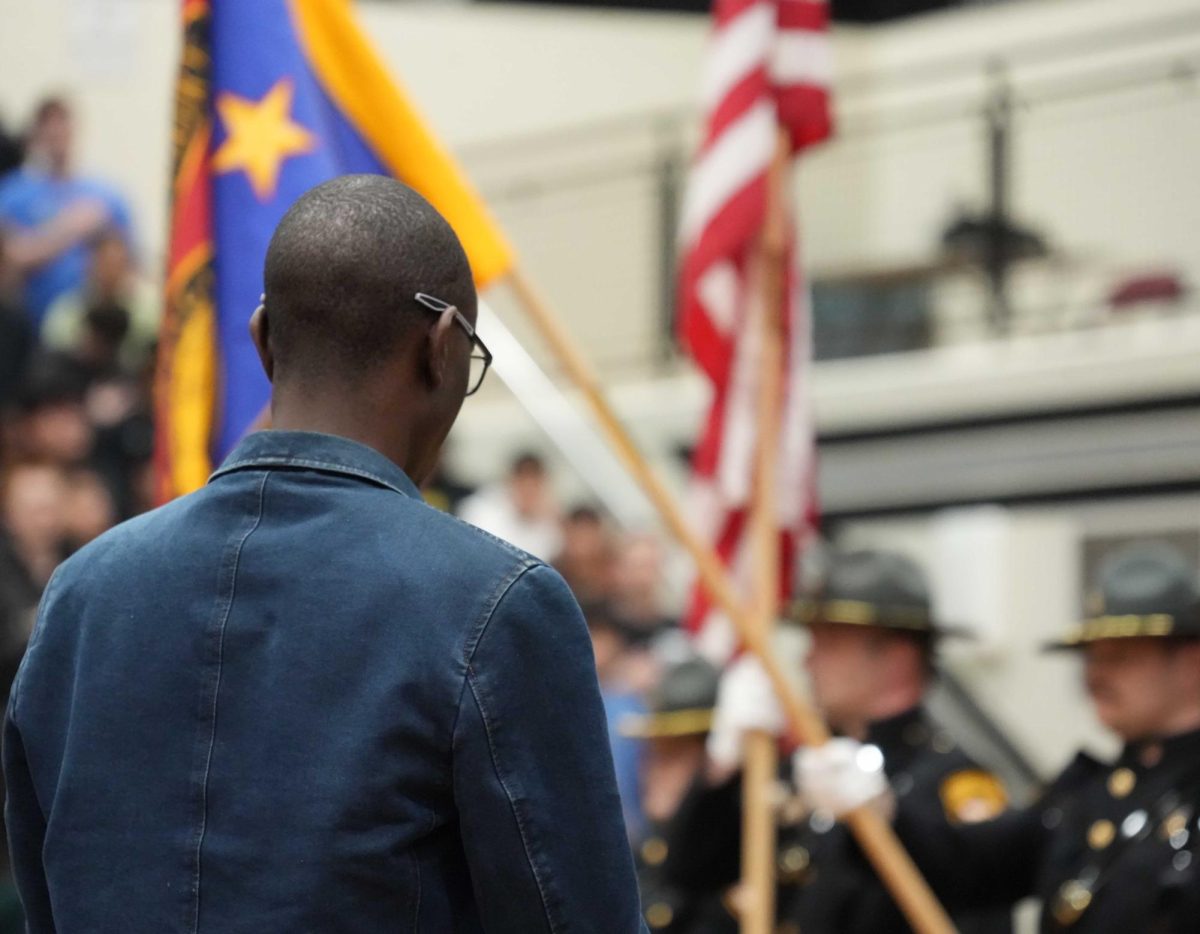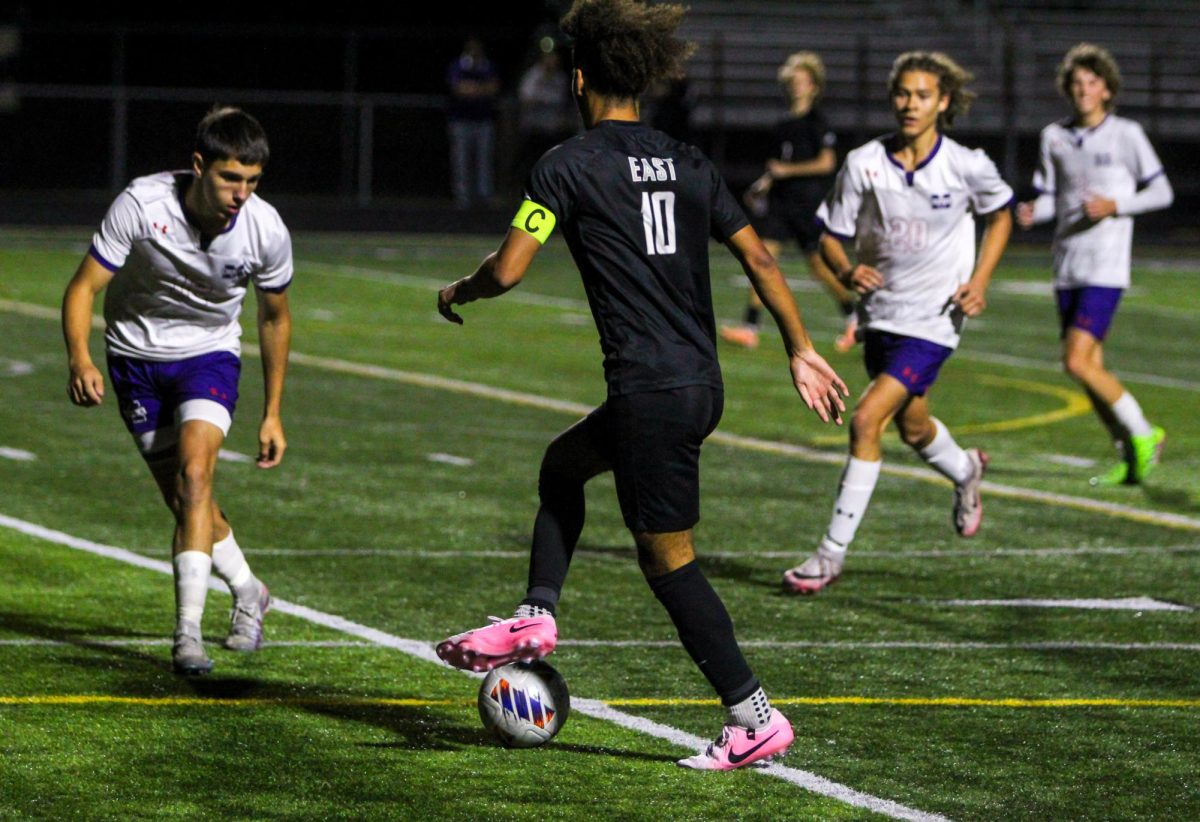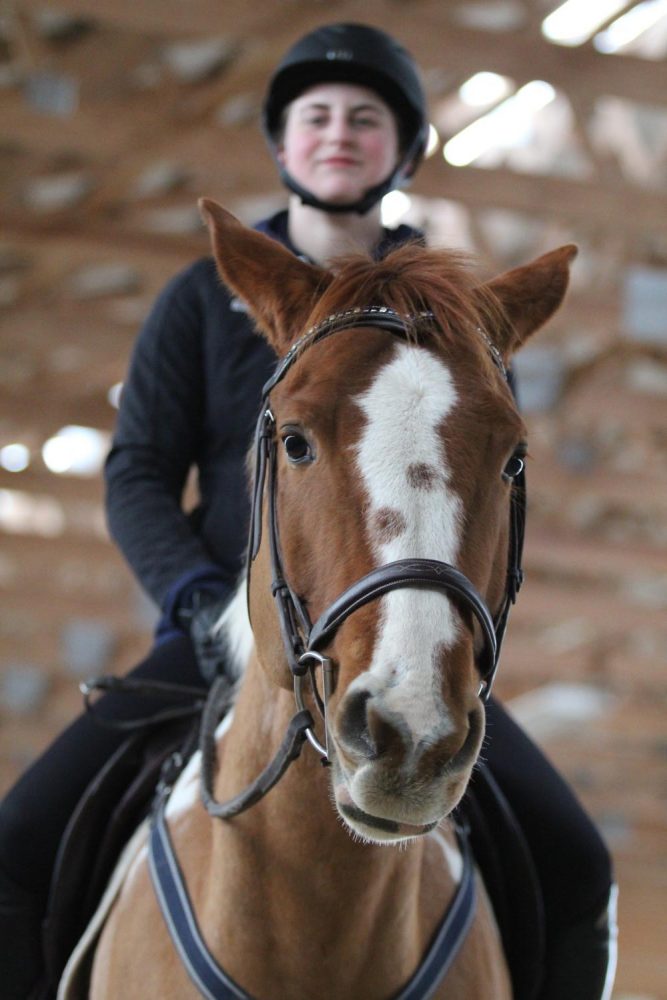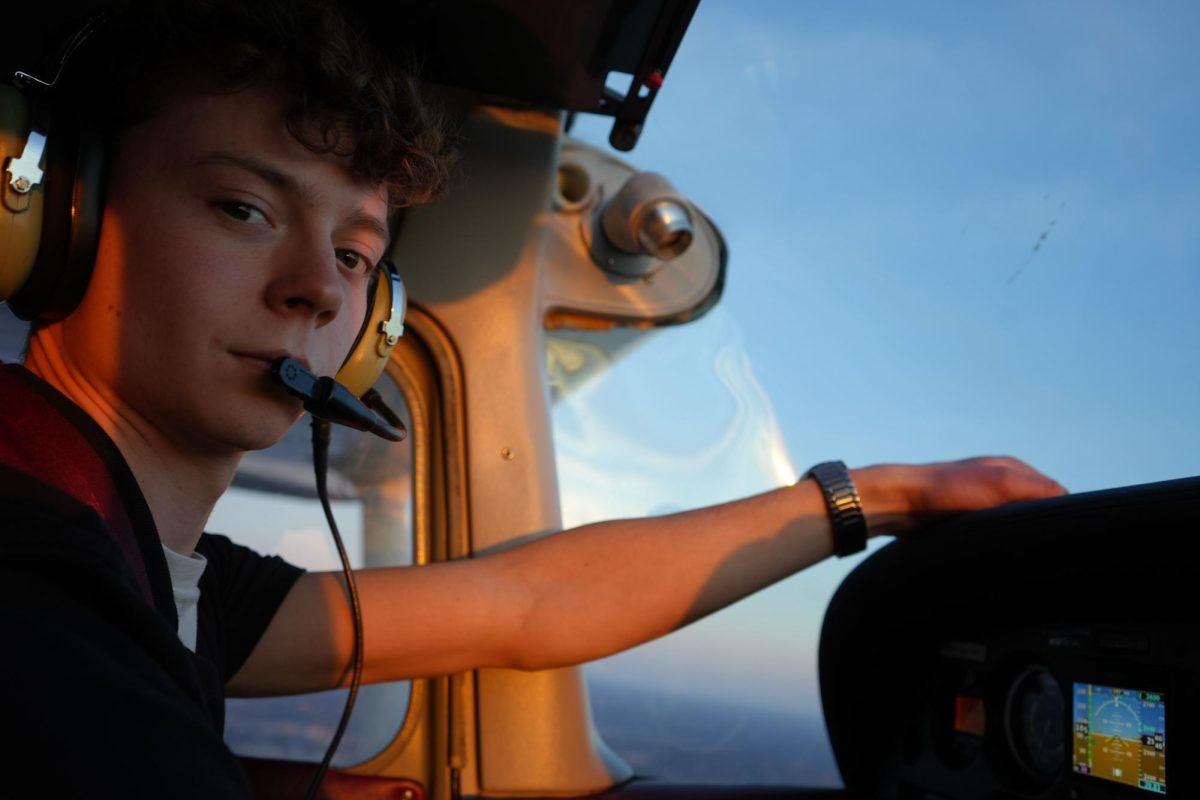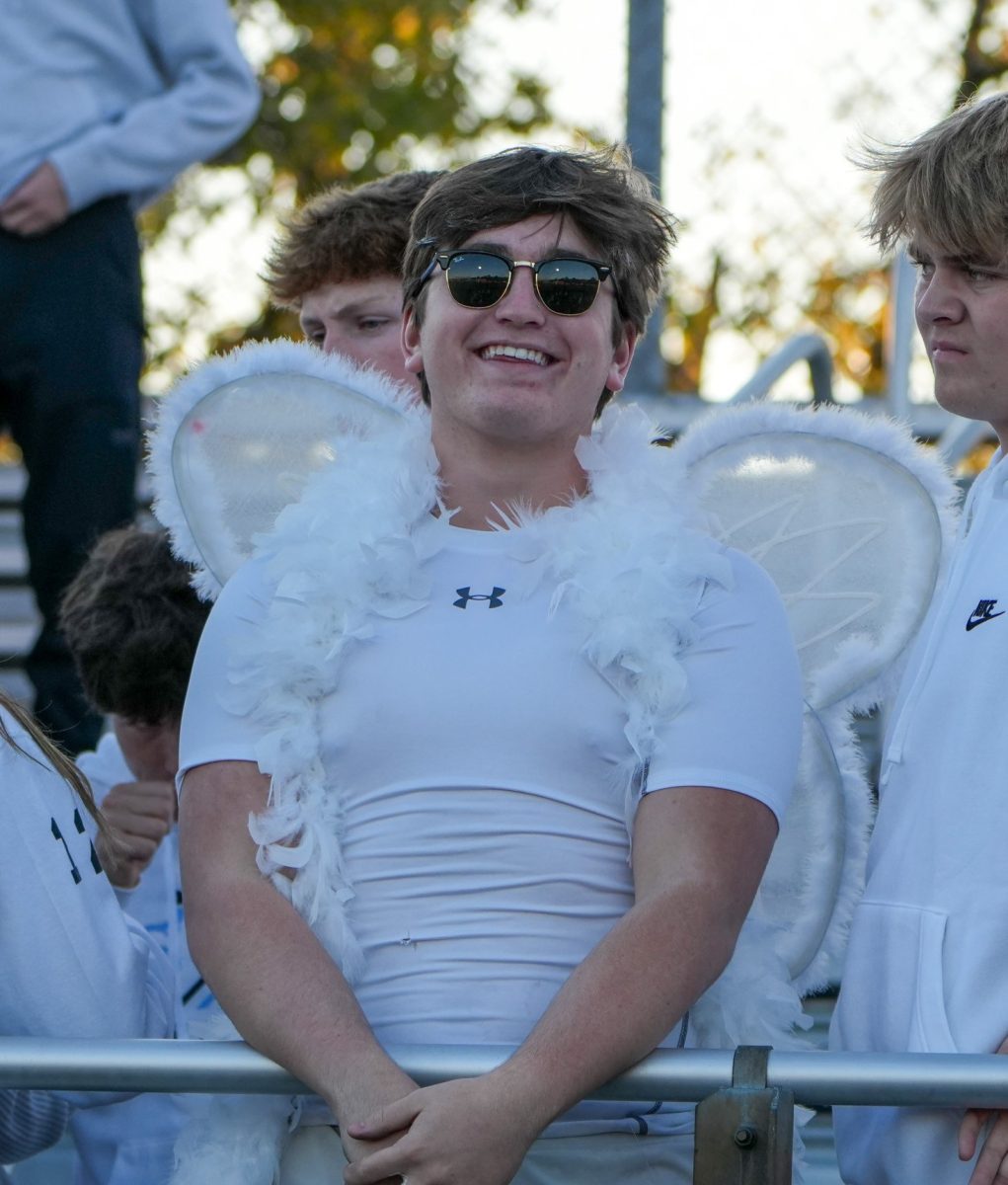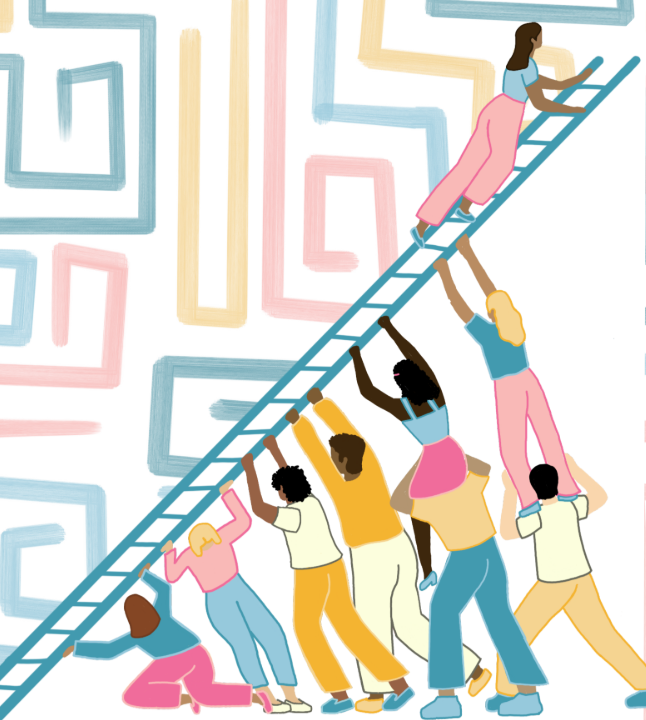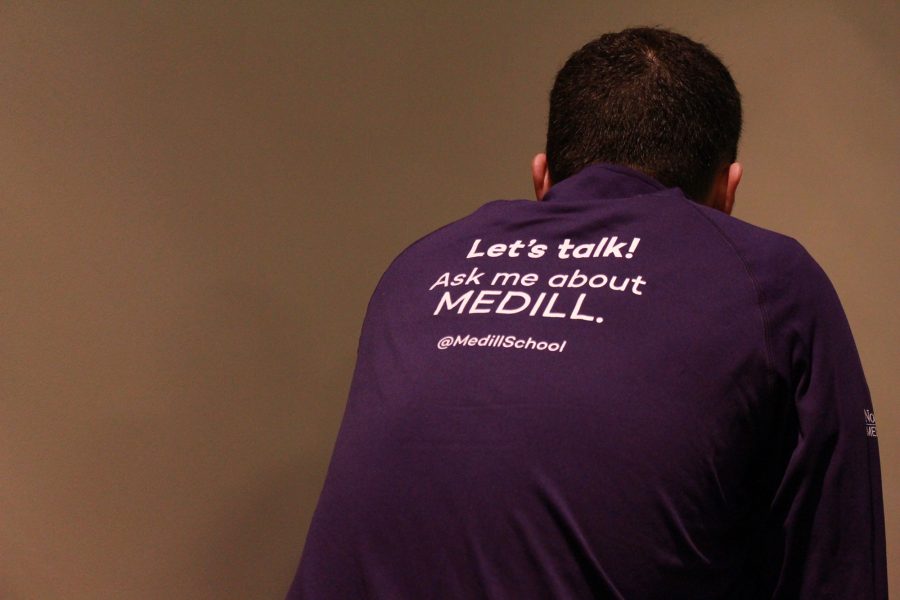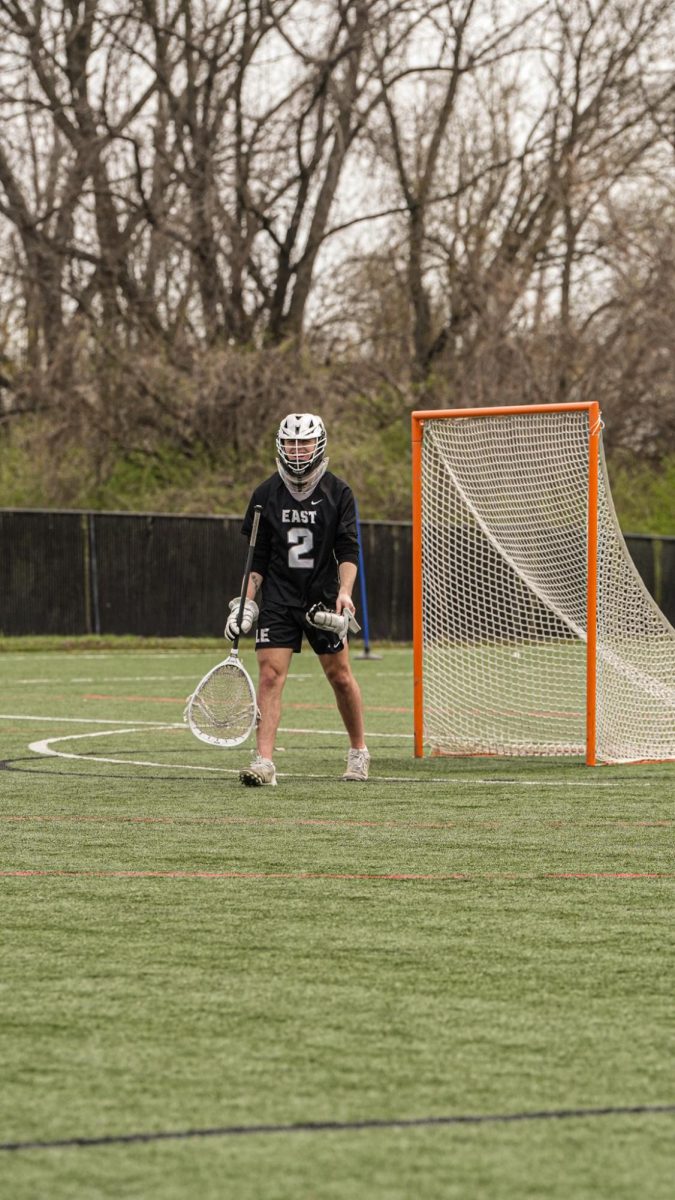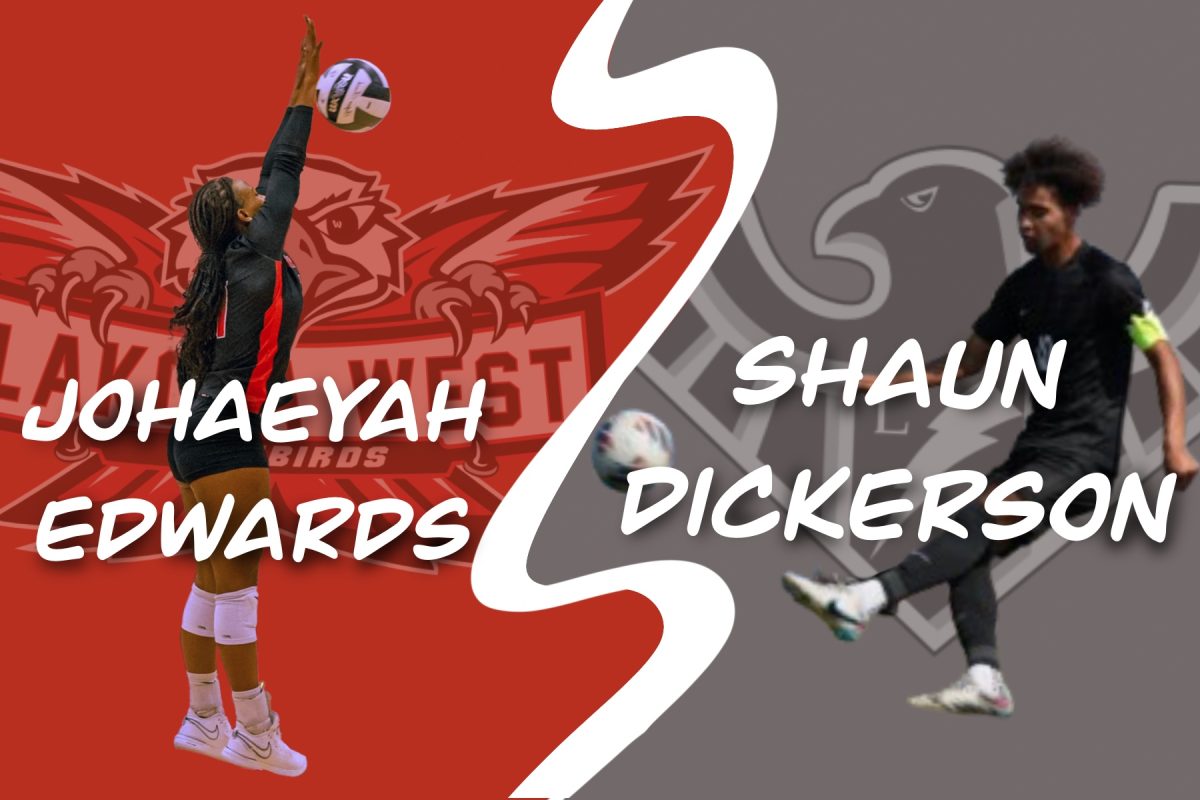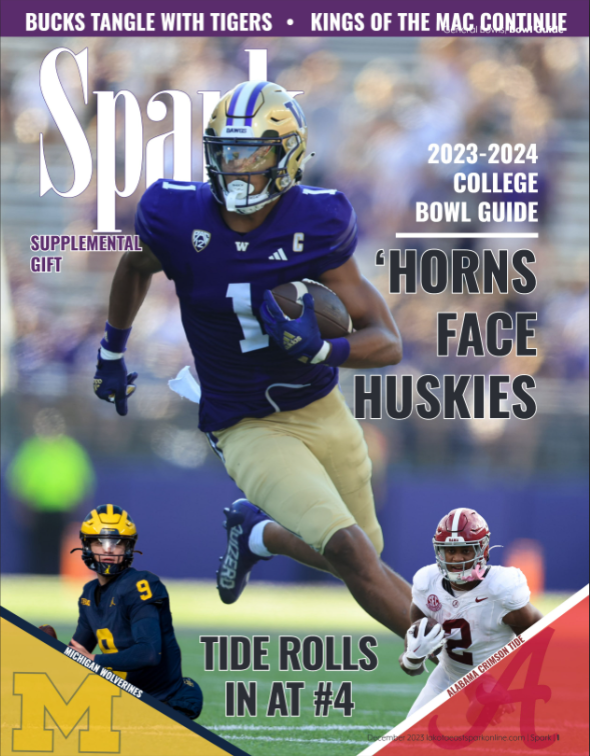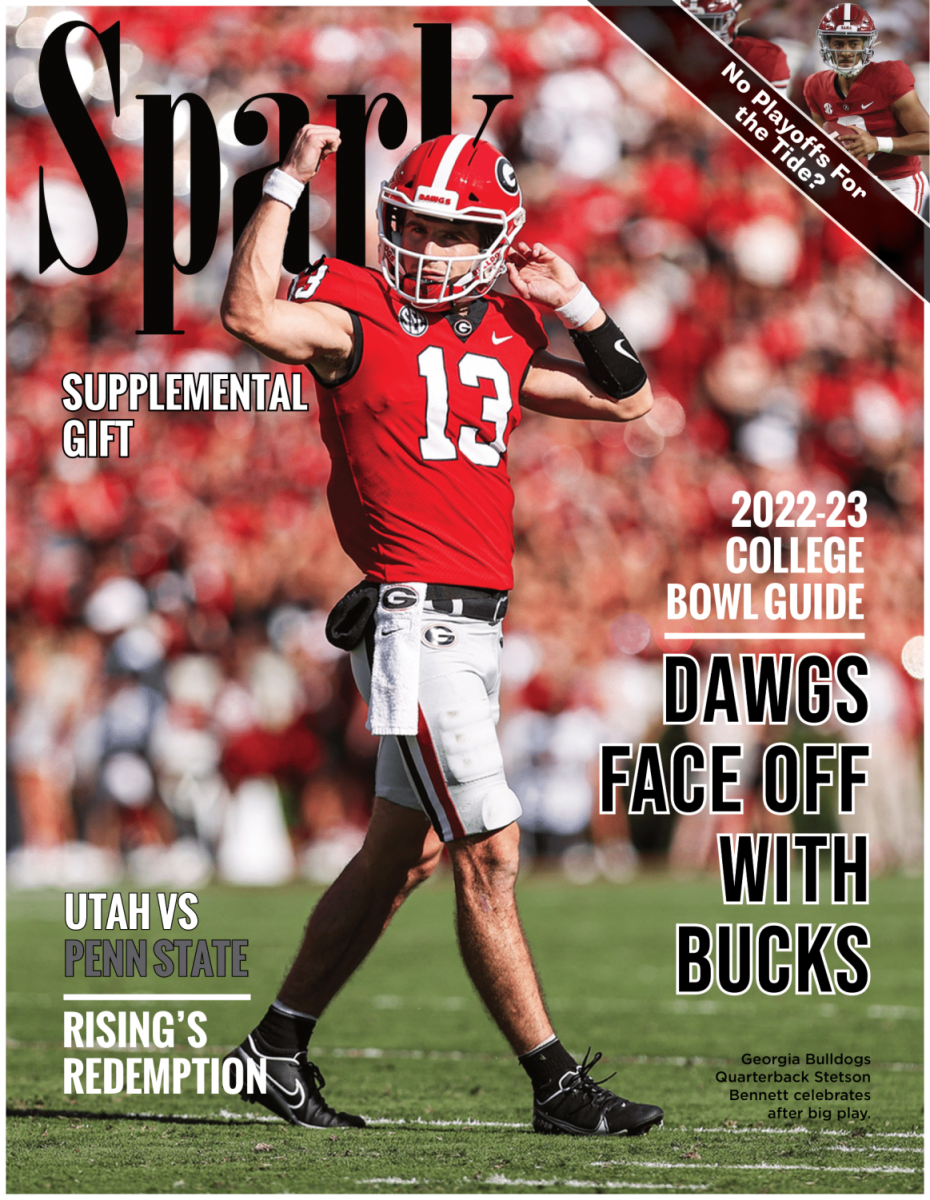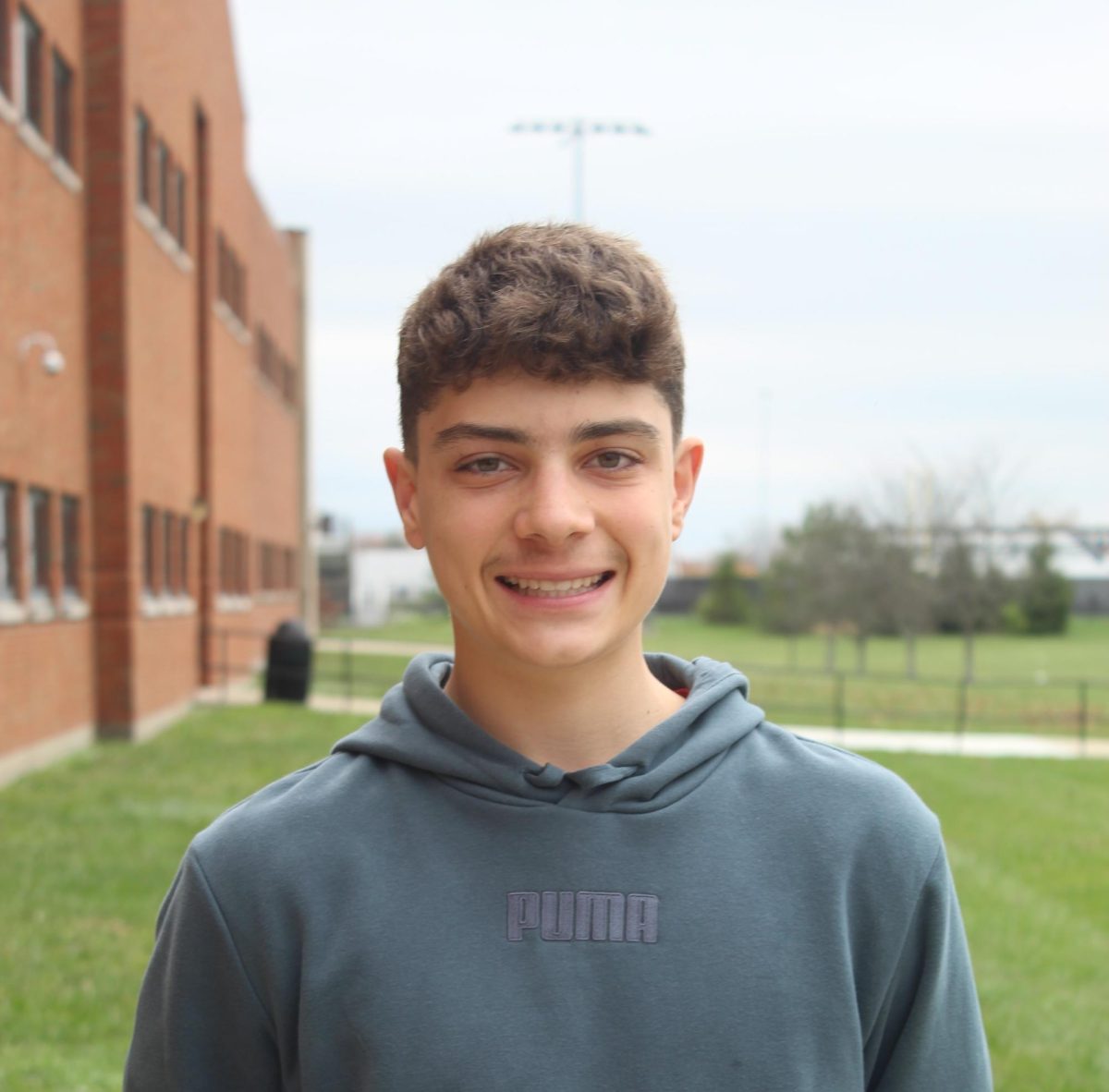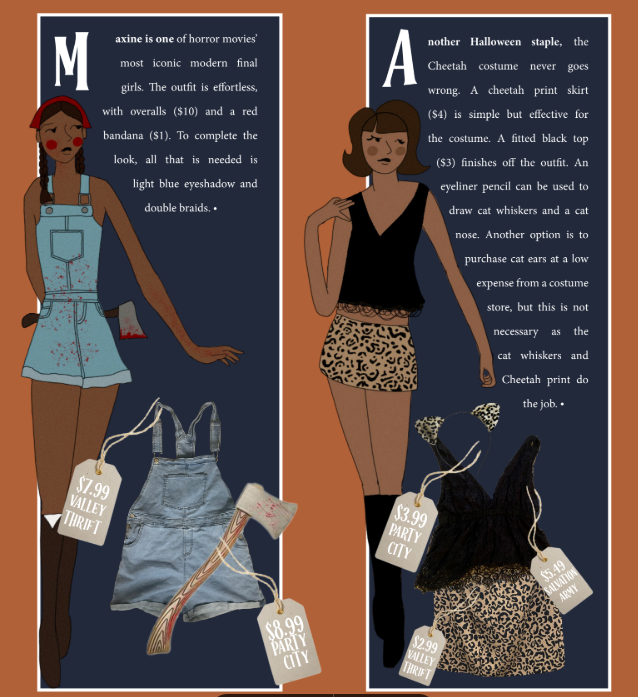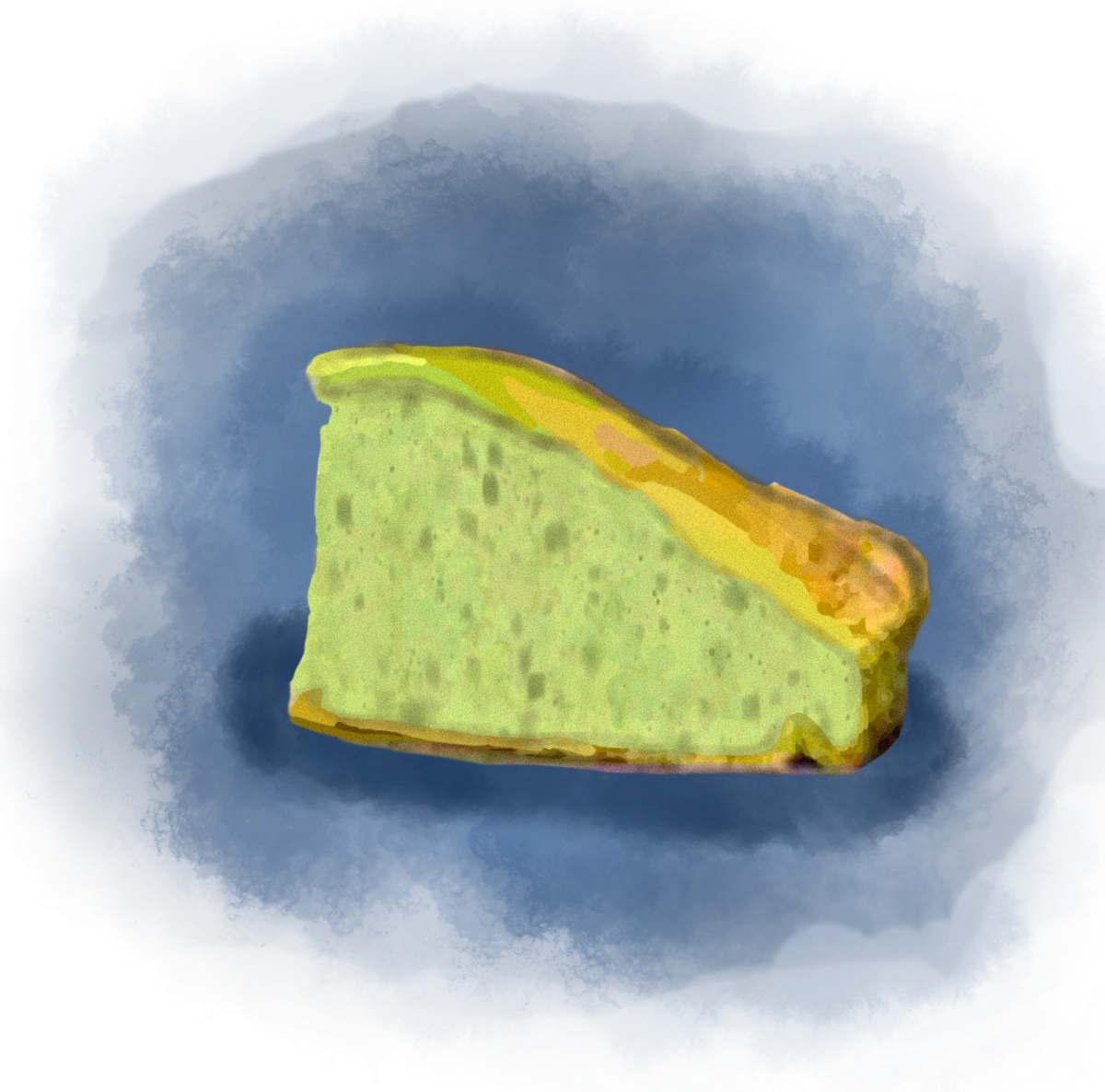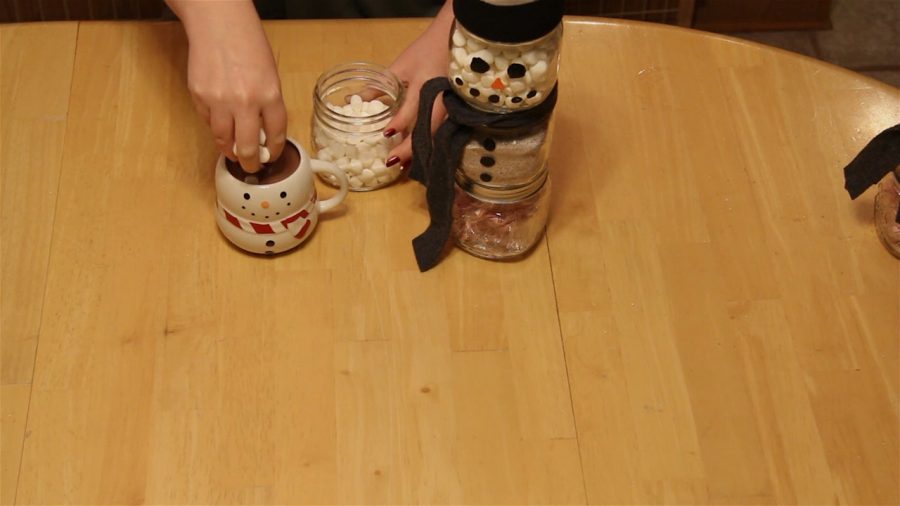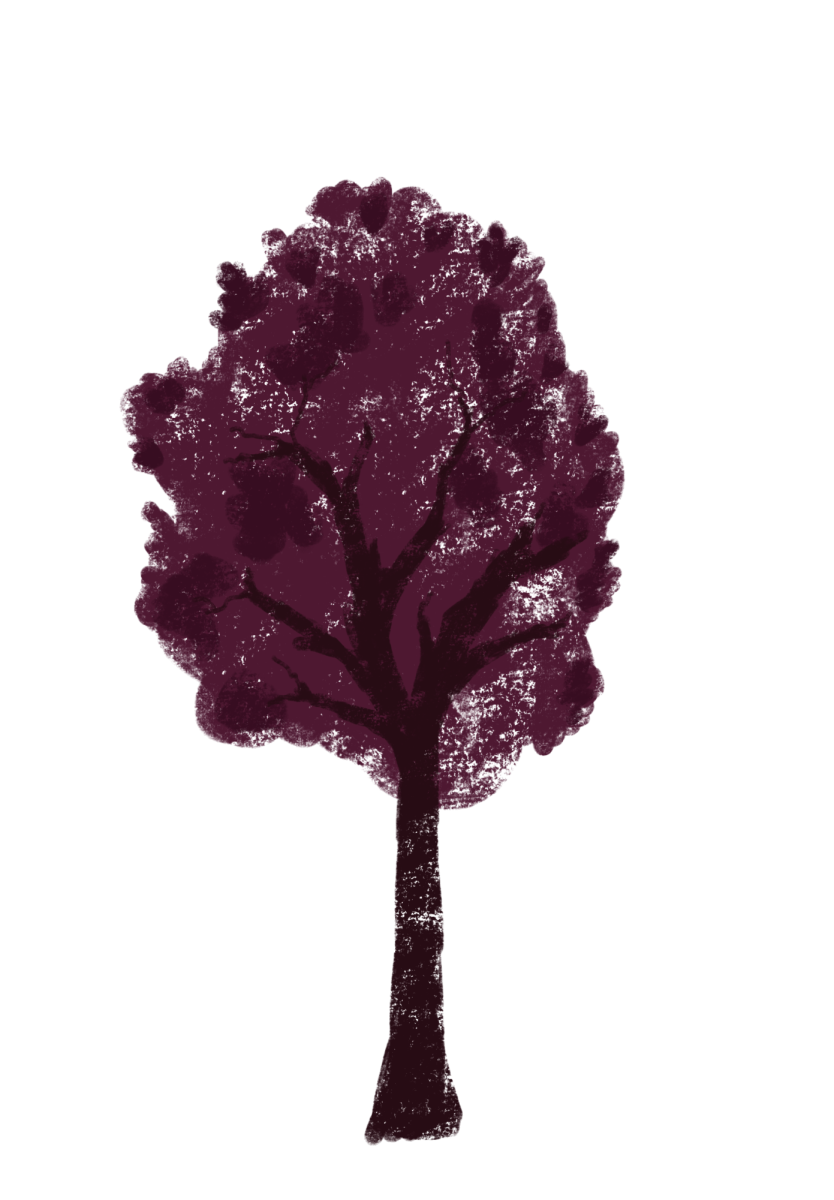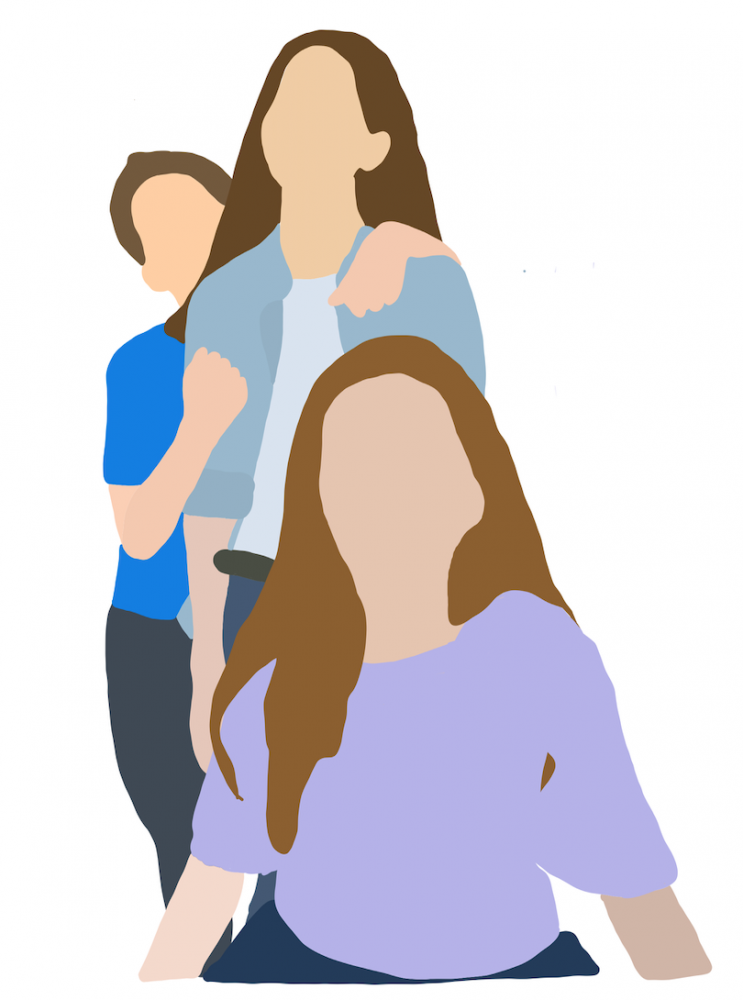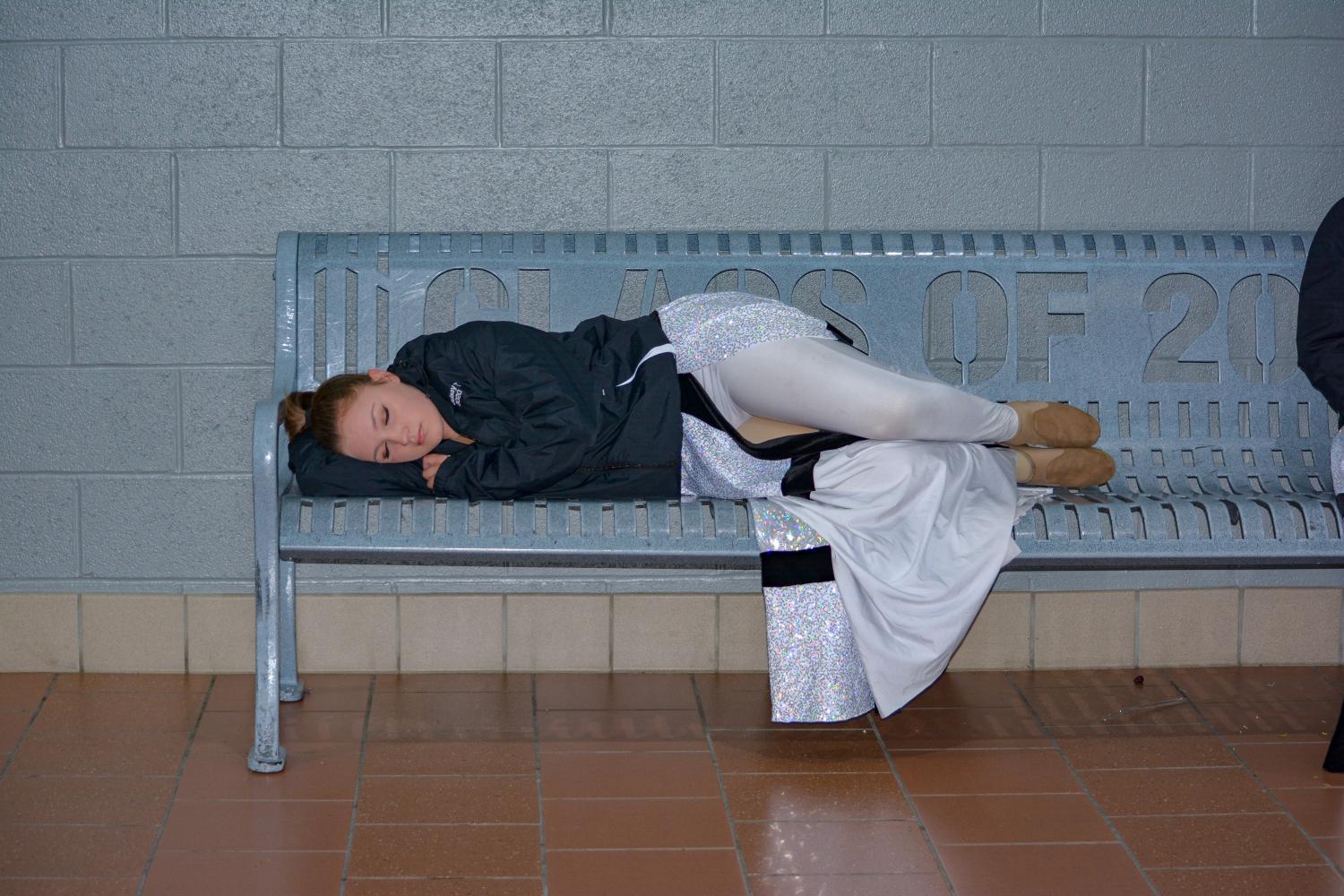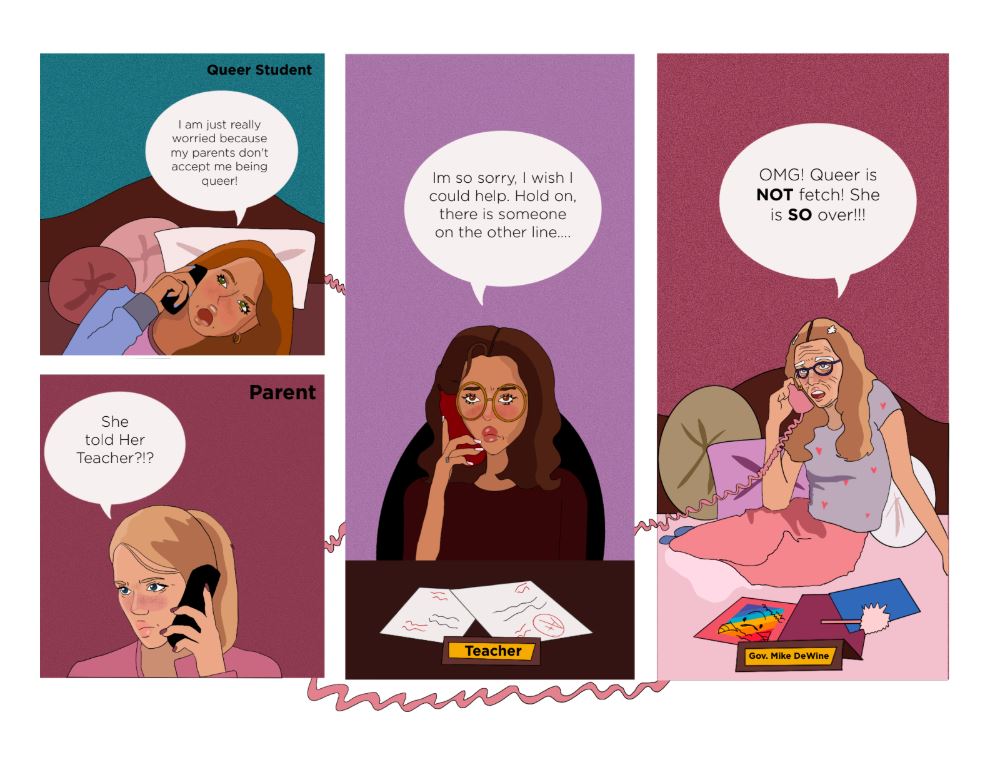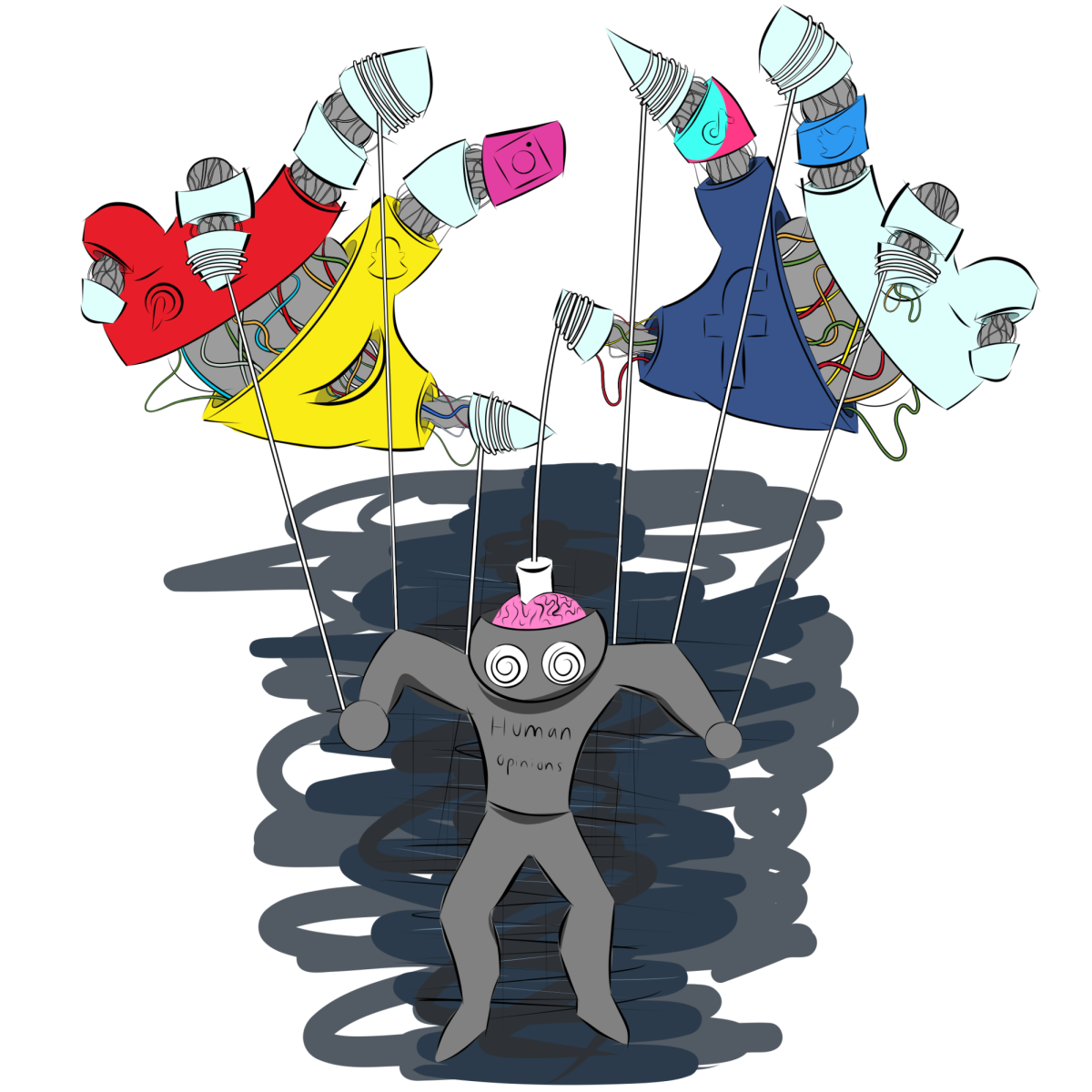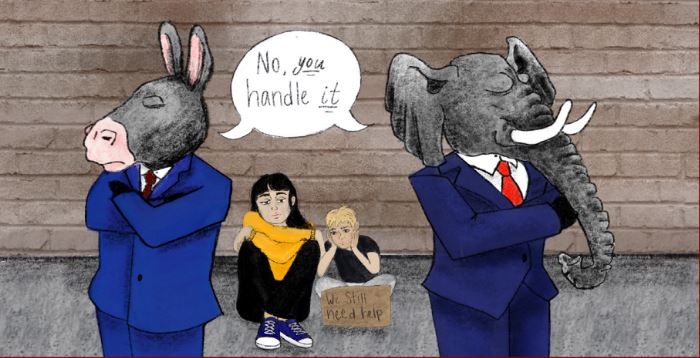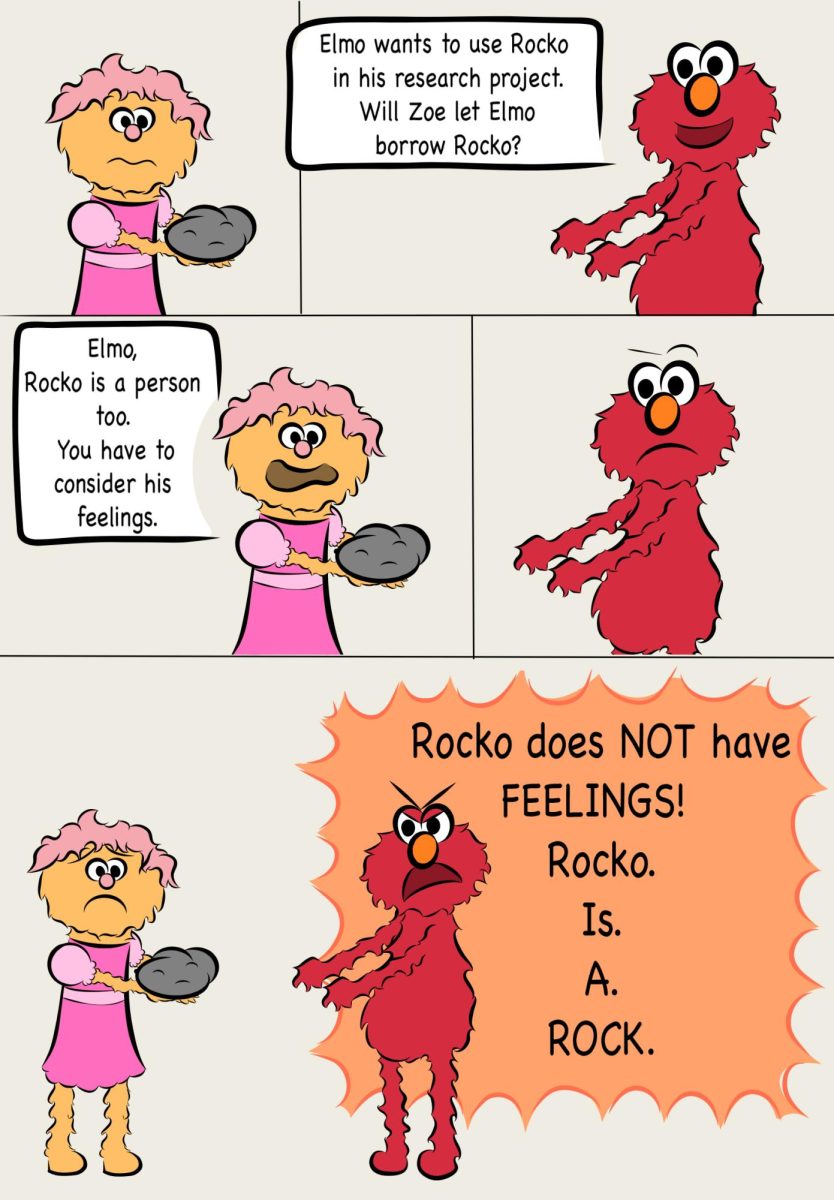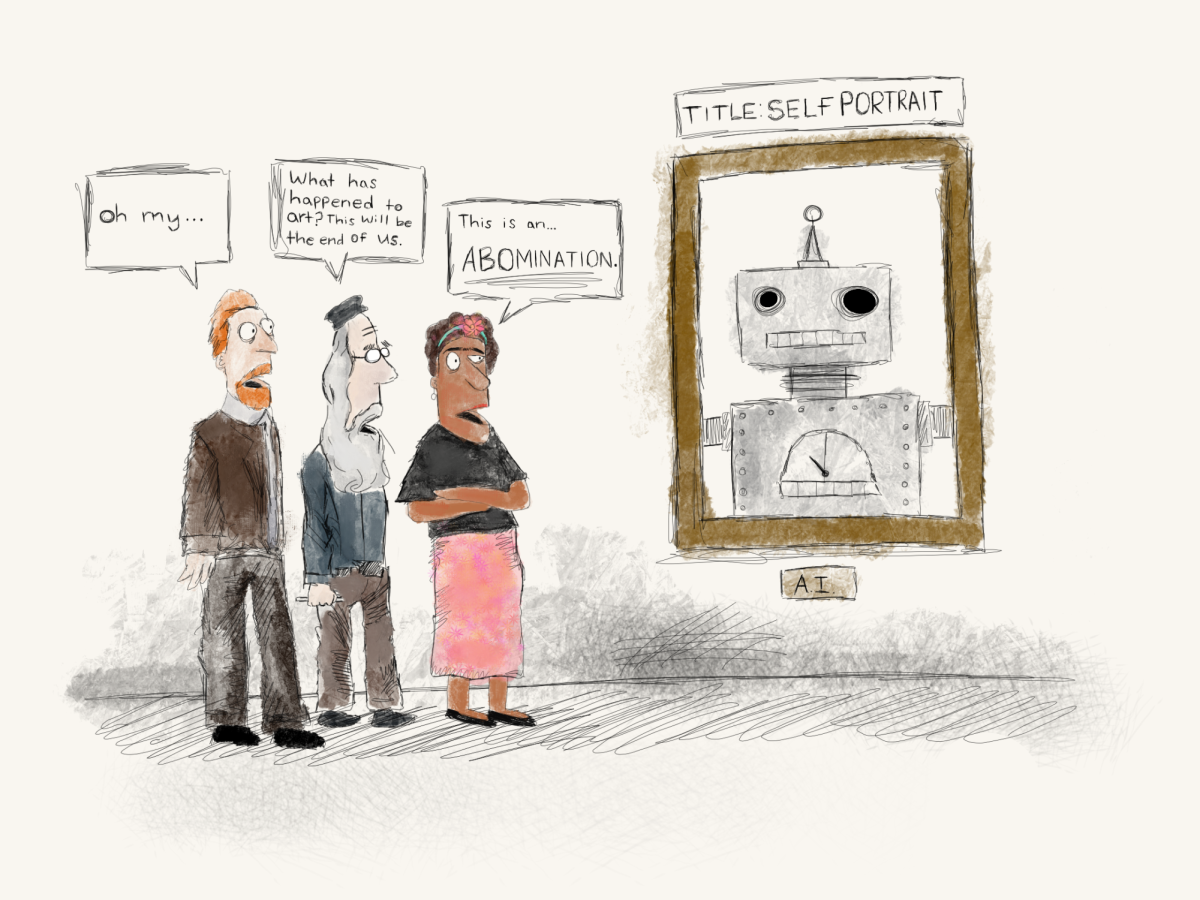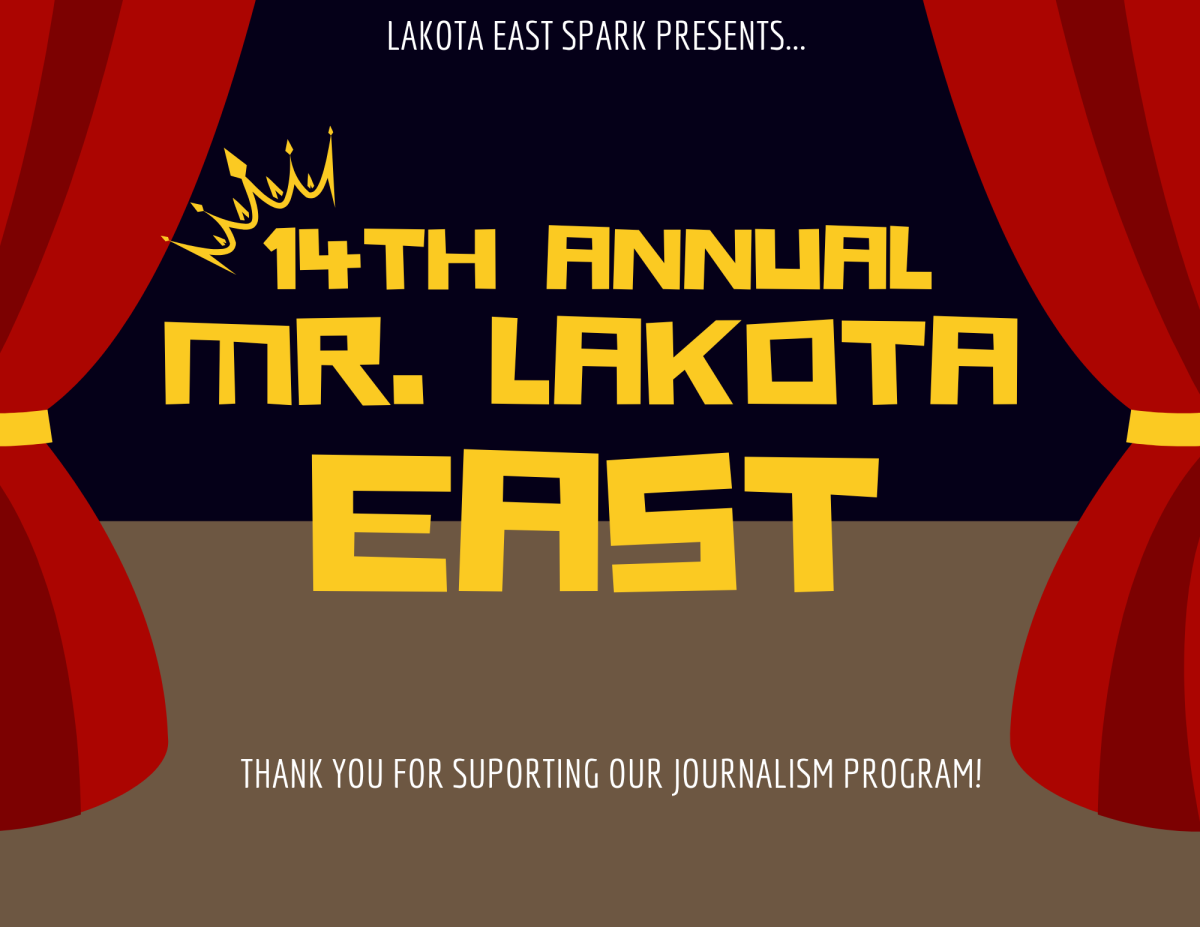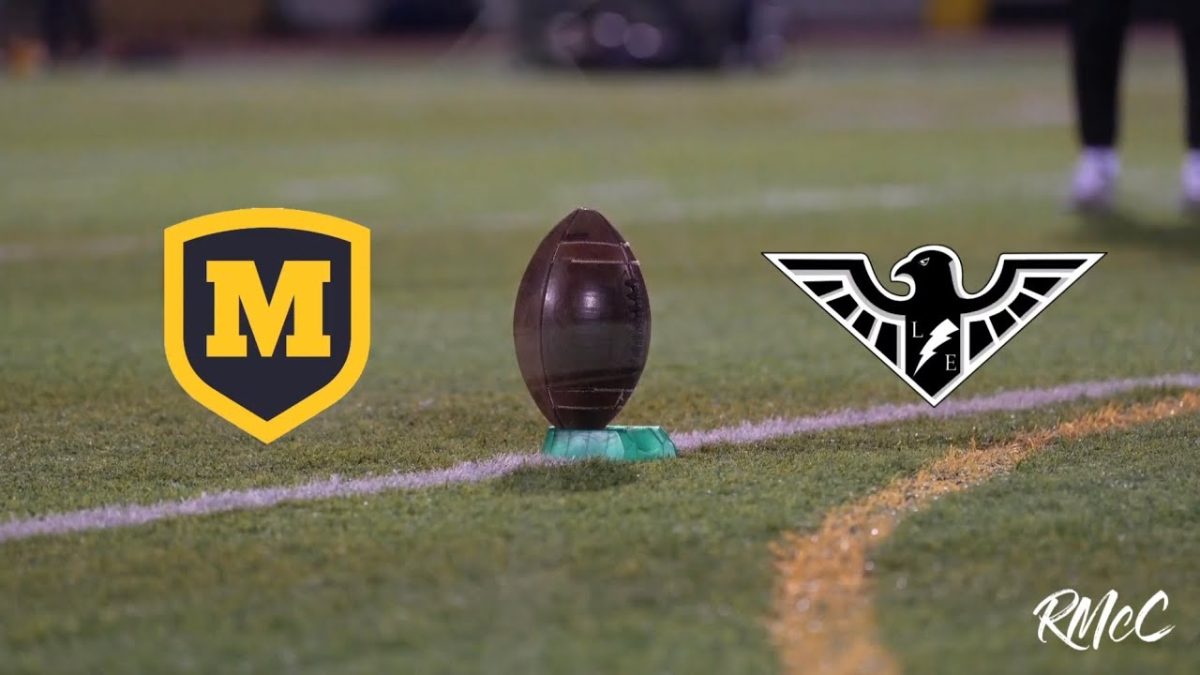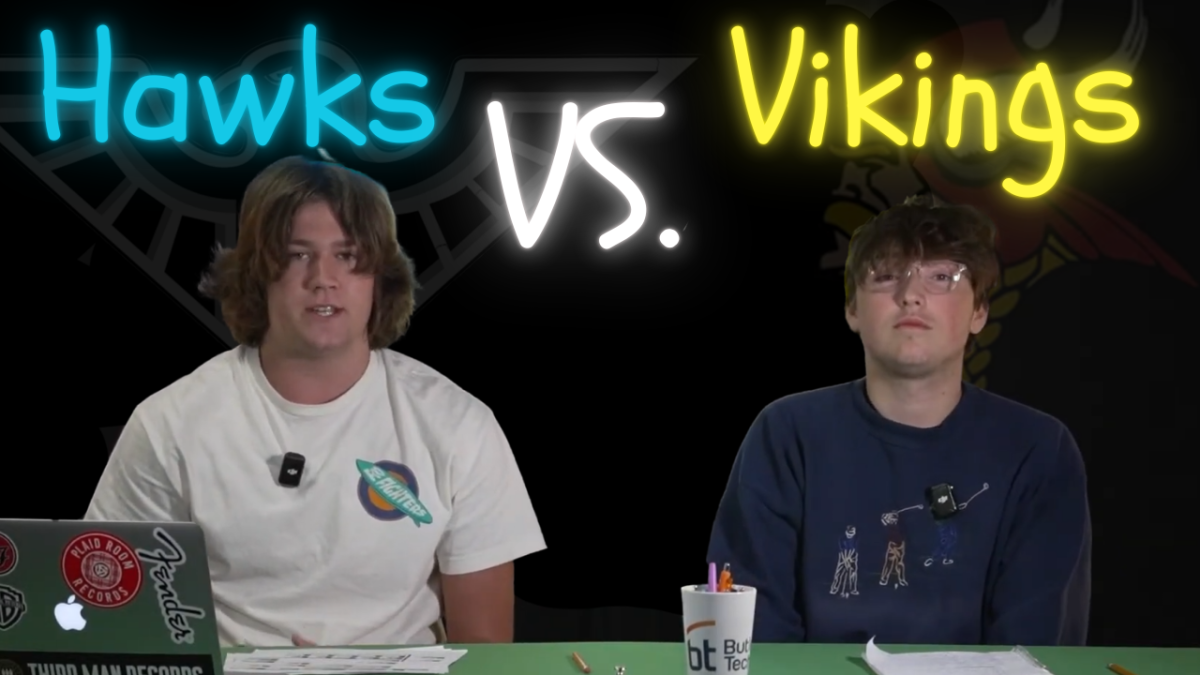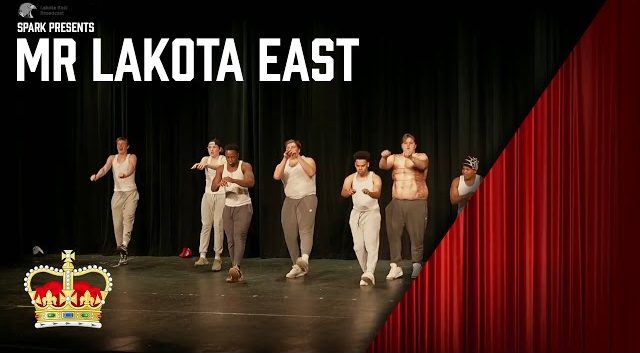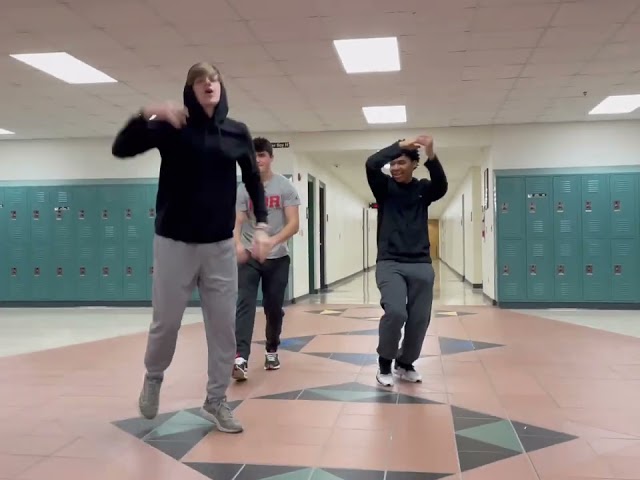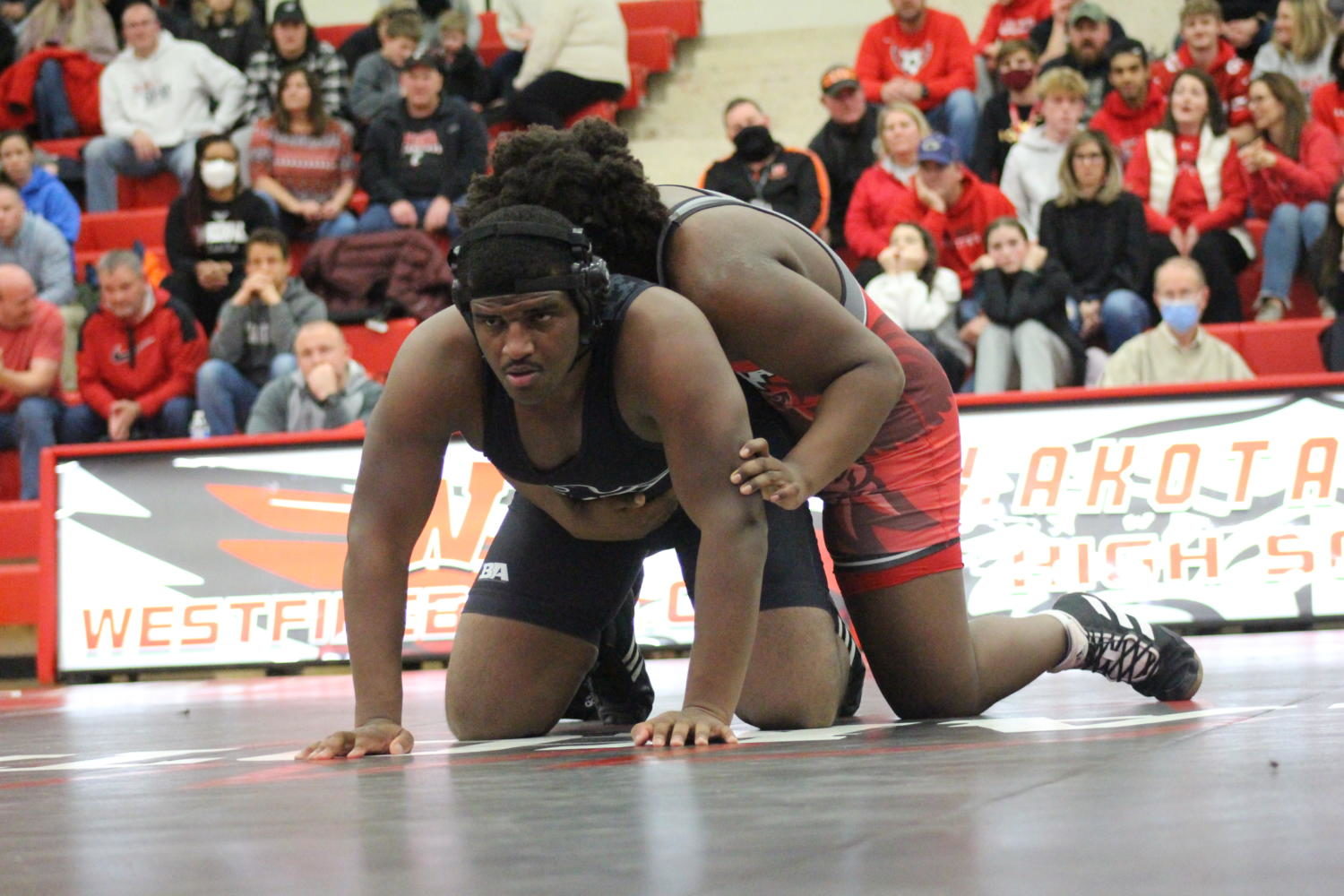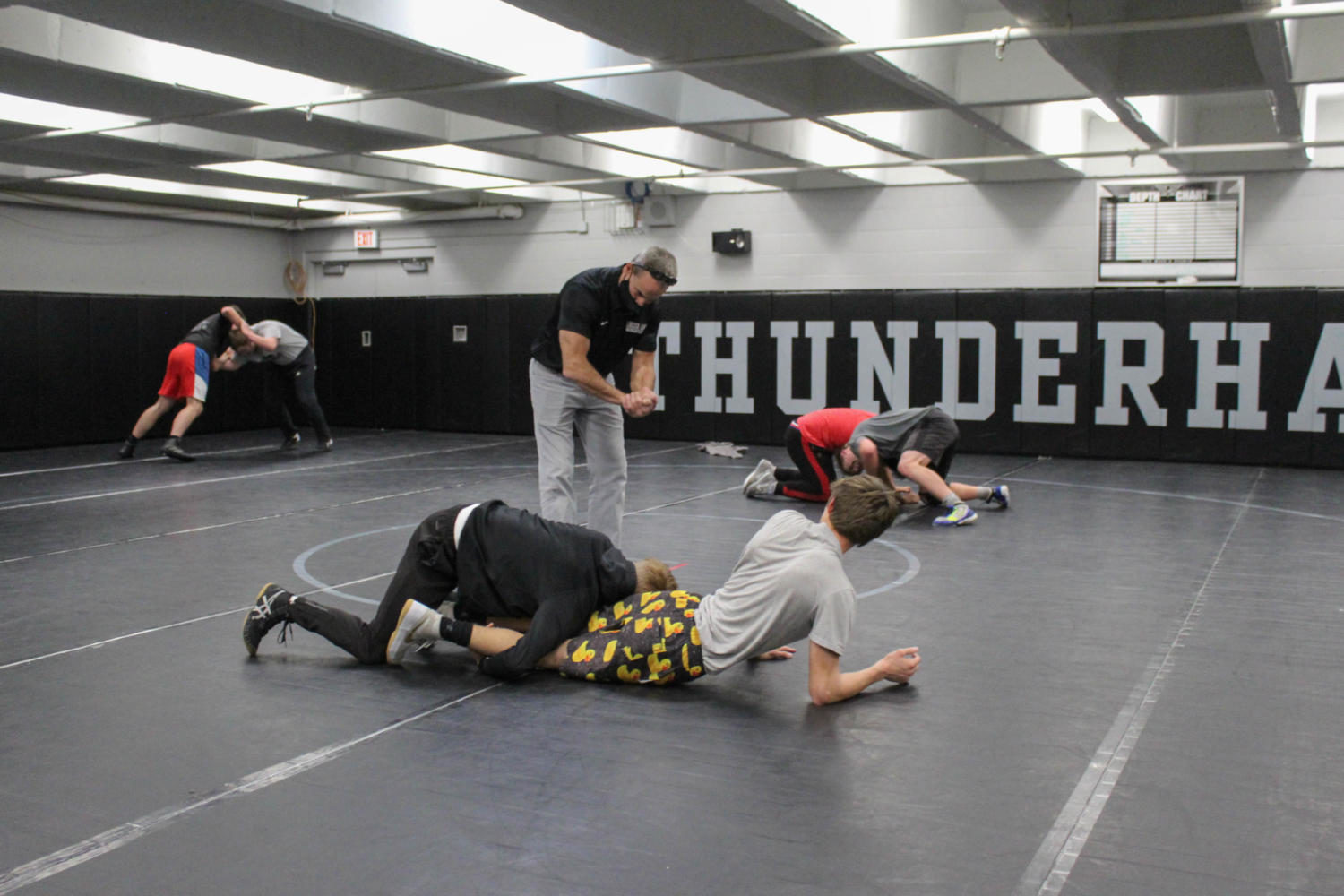STORY BLAKE FURNISH | PHOTOGRAPHY CALEB VANATTA | INFOGRAPHIC MIA HILKOWITZ
It’s match day. Every wrestler in the gym is getting prepared in their own way. Some are listening to hype music, others are sitting in silent thought, and most are tapping into their adrenaline. However, if you took a look past all the ruckus and took a glance at East senior wrestler Jalen Ashford before a match, you’d notice something a little different from most.
Unlike many others, Ashford tends to read books from authors like Stephen King before matches, a practice which exemplifies his determination and focus. It is these traits that allow Ashford to overcome the obstacles put in place by his chronic sleep disorder: narcolepsy.
“In terms of how it has affected my life, it has been profound,” Ashford says.
Narcolepsy is a chronic sleep disorder that causes overwhelming daytime drowsiness and sleep attacks. The disorder has no cure, but medication can help with the symptoms. Narcolepsy can be diagnosed into two types. Type one is when narcolepsy is accompanied by cataplexy, a sudden loss of muscle control. Those with type two experience excessive daytime sleepiness but usually do not have the muscle weakness triggered by emotions.
“I am thankful. I only have narcolepsy type two which means I don’t have cataplexy, which is a lot worse,” Ashford says. “Only 30 percent of people with narcolepsy have type two, making my having it a blessing.”
After originally being misdiagnosed with attention-deficit hyperactivity disorder (ADHD), Ashford was correctly diagnosed with narcolepsy in the fifth grade. This came after multiple sleep latency tests and a polysomnogram.
According to Ashford, the disorder has confronted him with barriers in his time as a wrestler. Mainly, his ability to learn new moves during practice has been impacted.
“Me being sleepy during practice has made me miss when the coaches teach new moves before, so learning things was slower for me,” Ashford says. “Narcolepsy, along with the stress from school, has played a part in making me sluggish before practice, which makes warming up sometimes annoying.”
According to East wrestling head coach Scott Fetzer, he can always count on Ashford giving 100 percent effort.
“His determination and willpower to go out there and compete knowing that he’s giving up weight speaks a lot about himself,” Fetzer says. “It’s pretty impressive.”
Wrestling is a tough sport, a sport where grit and grind is on full display. Wrestlers use and apply techniques they learn to maneuver their opponents to yield.
“At its core, wrestling is a combat sport,” Ashford says. “You beat your opponent by being faster, stronger, and smarter than them, allowing you to force them into positions you want and making them quit.”
Ashford wrestles based on reactions to his opponent’s moves, a form that relies on quick and precise moves. To train for this, these athletes go through rigorous conditioning to build up endurance and to stay in shape. Wrestling follows set weight classes and wrestlers need to maintain their weight to stay in their weight class, otherwise they may have to wrestle an opponent at a severe disadvantage. Ashford wrestles in the heavyweight class of 285 pounds and has been for the past two years, despite being closer to weighing 225 pounds.
“The odds are stacked against him constantly whenever he steps on the mat, but his determination exceeds expectations,” Fetzer says.
To stay in shape and in their weight class, wrestlers prioritize their dieting. This usually entails eating high amounts of healthy carbs, to give energy and keep vitals such as cholesterol in check.
“Wrestling is so rigorous that your caloric intake has to increase tremendously in order to maintain weight, so for some, diet isn’t a problem. For others it is and they constantly have to watch their weight,” Ashford says. “Some wrestlers don’t make weight on the day of a tournament or dual, so they have to go through a gruesome process where they are made to go through ten minutes of intensive conditioning, in several pairs of sweatshirts, pants, coats, shorts, and t-shirts.”
Not only do wrestlers have to stay in shape physically, but mentally as well.
“The amount of mental fortitude you have to have is staggering, so much so that even the best get tired,” Ashford says.
Despite breaking the stigma around the disorder on the wrestling mat, Ashford says that narcolepsy has added more struggle to his life socially than physically.
“Because I’m known for sleeping so much I’m often made fun of for it, in a playful albeit annoying way,” Ashford says. “People ask me if I’m awake, as a joke, even when I obviously am. My coaches know what I have though, and they advocate for it.”
Despite the study conducted by Central Florida PediatricianAkinyemi Ajayi which revealed that approximately 50 percent of children with narcolepsy end up failing in school because of misdiagnosis and stigma around the disorder, Ashford is adamant about not allowing it to get in his way.
“I find myself working harder than others and pushing myself harder than others around me in order to get higher grades,” Ashford says.
His additional effort in school has earned him a class rank in the top 5 percent of his class of nearly 700 students. Ashford says that his experience with the disorder has driven what he wants to do with his life.
“Jalen is insanely smart, as shown in his grades and extracurricular activities,” East sophomore wrestler K.J. McAdams says.
Between wrestling and football, Ashford is also involved in East’s Health Occupations Students of America (HOSA) club and has qualified for the state competition all four years, even making it to the national competition his freshman year. HOSA is a medical club that competes in events specialized for their specific fields.
According to Ashford, his interest in the medical field and desire to become a neurologist with a background in sleep medicine is partly motivated by his own struggle with the disorder and his desire to make a change.
“I have found that the stories of others with narcolepsy aren’t as bright as mine,” Ashford says. “I aim to try and end the suffering of such individuals by doing research into narcolepsy.”



